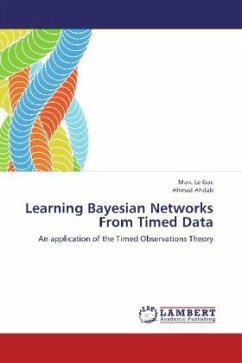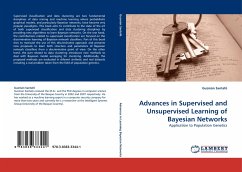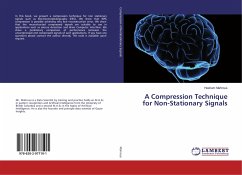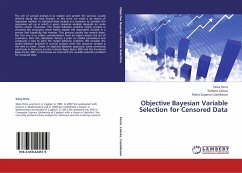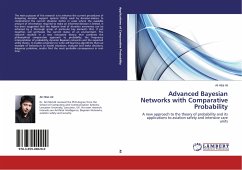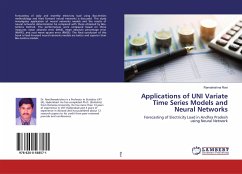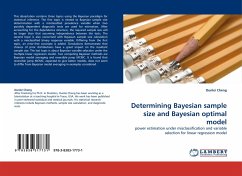Learning a Bayesian Network from timed data without prior knowledge to the dynamic process that generated the data is the main subject of this document. The proposed algorithm, called Tom4BN, is based on an adequate representation of a set of sequences of timed observations and uses the BJ-Measure, an information based measure adapted to timed data to evaluates the quantity of information flowing along an edge. This algorithm and this measure have been designed in the framework of the TOM4L process (Timed Observation Mining for Learning process, Tom4L) that is based on Le Goc's Theory of the Timed Observations (2006). This theory is a mathematical framework that integrates and extends Shannon's Theory of Communication, Poisson's and Markov's Theories, and the Logical Theory of Model Based Diagnosis. The TOT is the first and the unique mathematical theory that is the base of both a Knowledge Engineering Methodology (Tom4D, Timed Observation Modeling for Diagnosis) and the Timed Data Mining process (Tom4L). The work of this algorithm is presented with a toy example (a simple car diagnosis) and a real world industrial application.
Bitte wählen Sie Ihr Anliegen aus.
Rechnungen
Retourenschein anfordern
Bestellstatus
Storno

